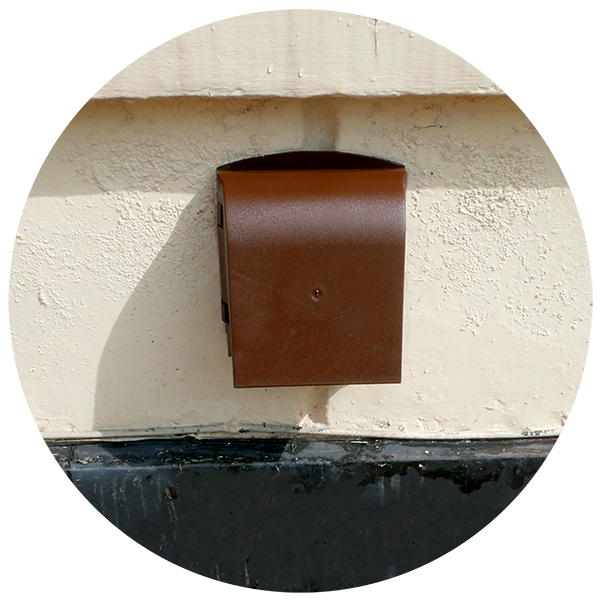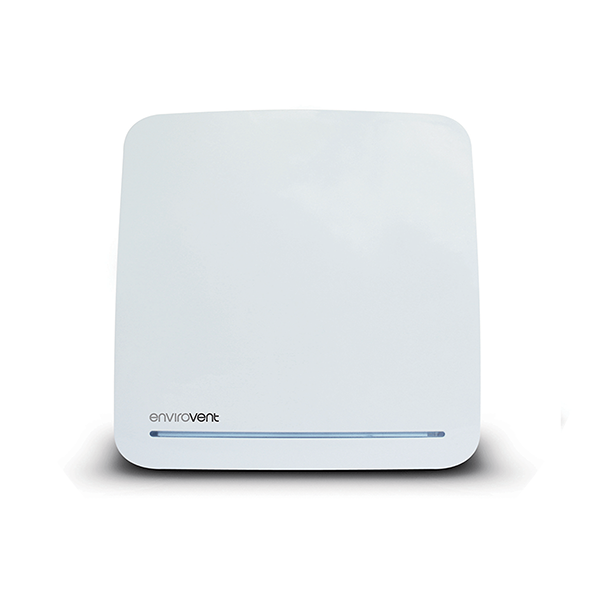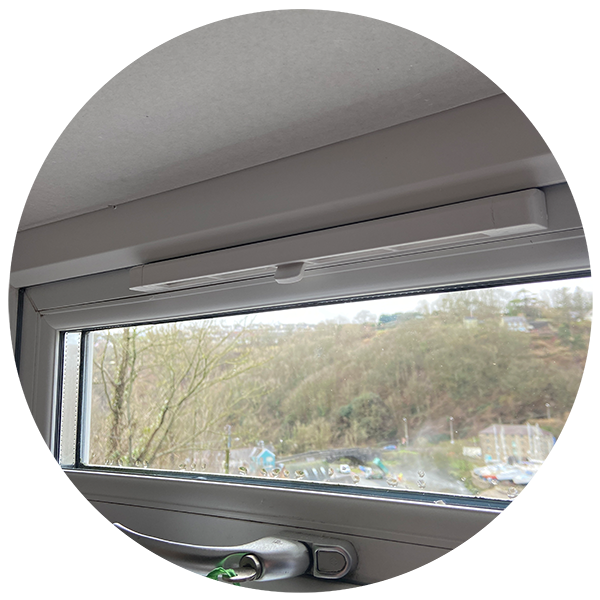Ventilation systems can reduce condensation and mould growth whilst also protecting your healthy home. They do this by exchanging fresh air from the outside with stale air and moisture from the inside of a property to allow a home to breathe and prevent condensation.
Without ventilation, the air in your house would become stale, damp and generally unpleasant.
Every day activities such as cooking, showering and even breathing generate indoor moisture. Poor ventilation can result in the moisture being trapped in the property as well as harmful pollutants such as carbon dioxide, dust mites and VOCs (volatile organic compounds) in carpets and furniture. This can turn in to condensation, which can lead to damp and mould and potentially damage the health of the house and the occupants of it, including respiratory illnesses and dry skin.



The latest government grants can cover energy saving measures up to a cost of £45,000 to treat your property and reduce your energy consumption. It’s easy to apply if you receive qualifying benefits, but you may be eligible to receive help even if you don’t.
Regulating the air flow will introduce fresh air into your home while removing stale air.
Good ventilation systems can prevent health problems that could include respiratory illnesses and dry skin.
Having an effective air flow in your home, will help to eliminate odours and other pollutants.
Ventilation can help remove moisture in the home, which can lead to condensation.